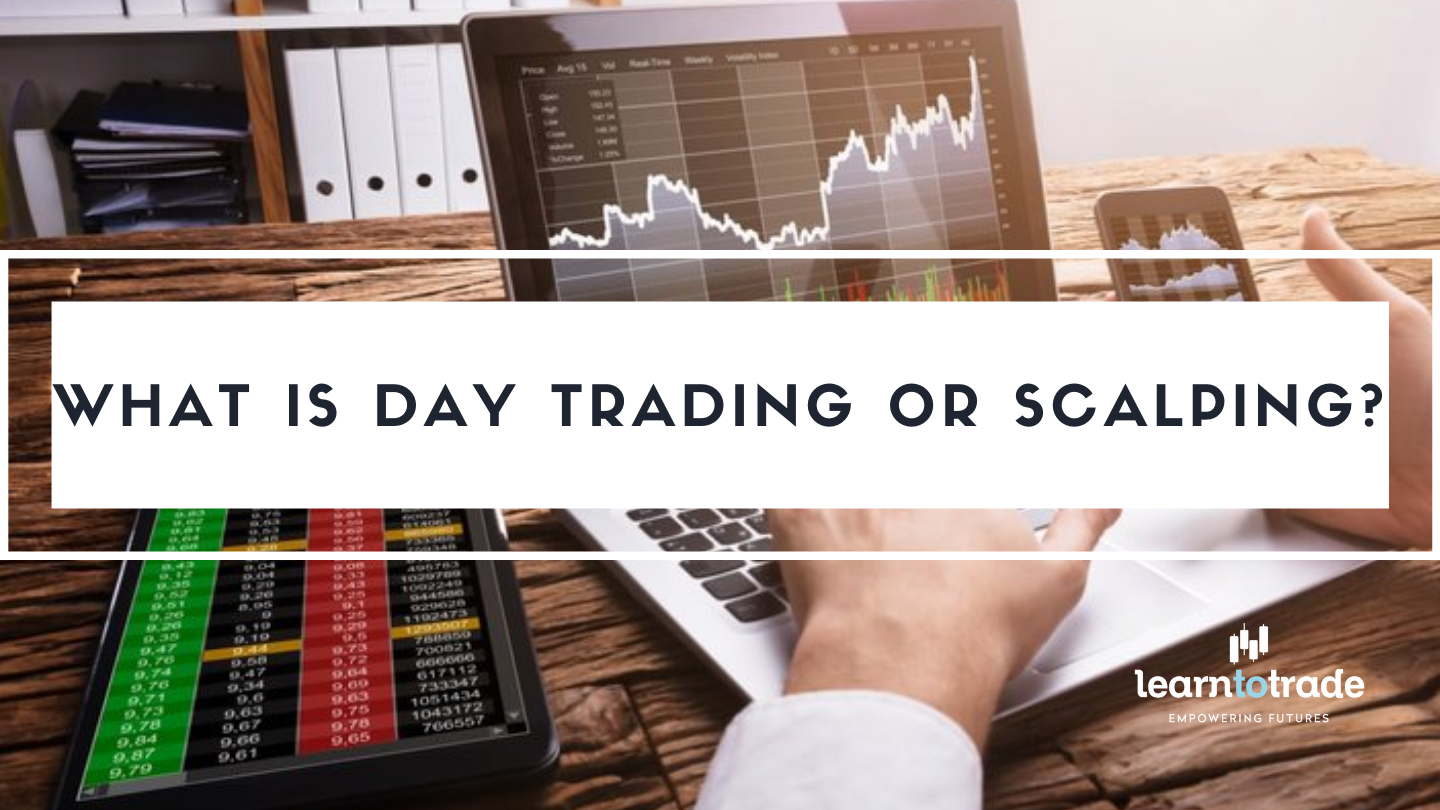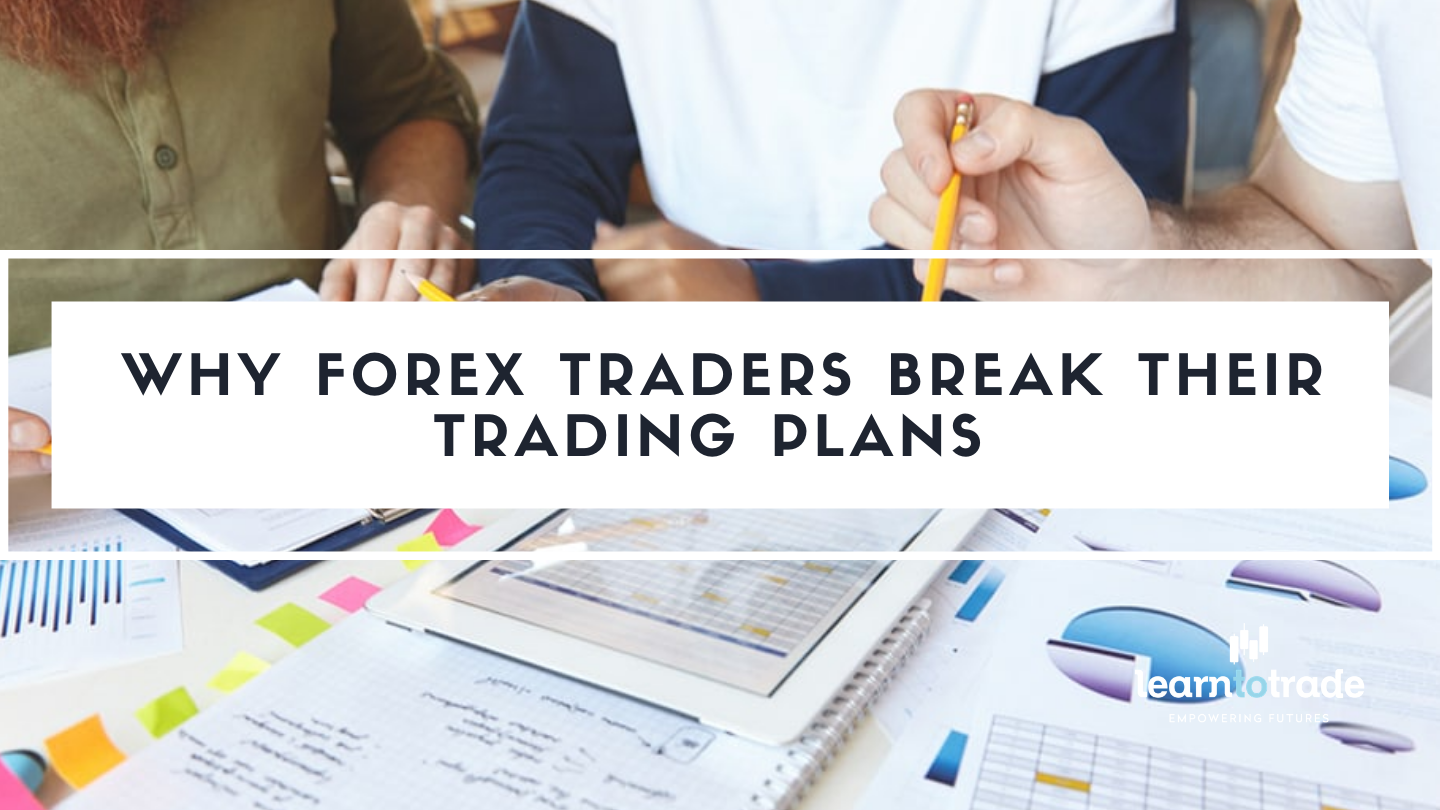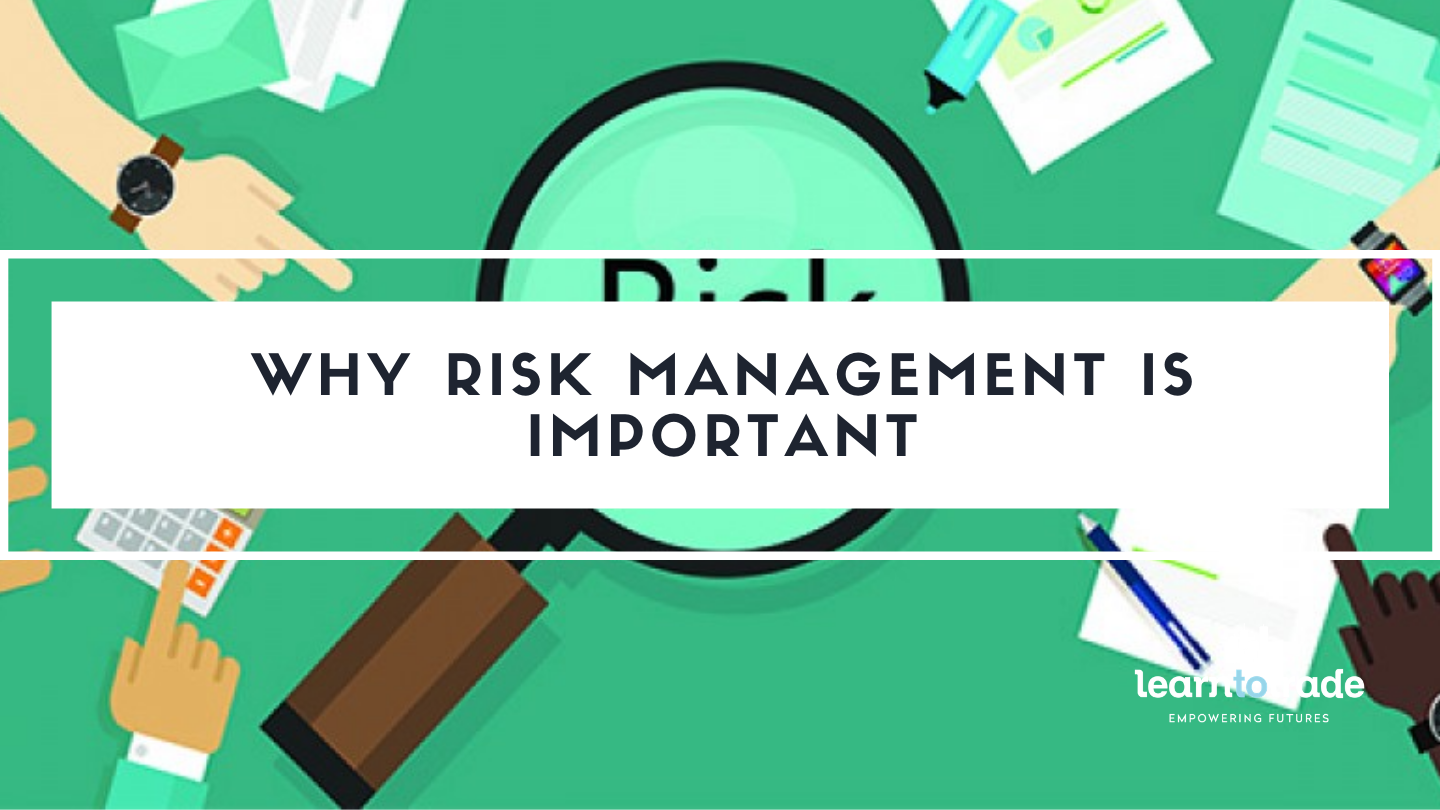What is Day Trading or Scalping?

We all know that there a lot of different traders and each of them has their own strategies. Some prefer trading in the long-term trends and some prefer to lock-in their profits within the day by day-trading or scalping.
Day trading or scalping means you will trade in the lower time frames such as the 1-hour charts down to the 15-minute charts. Trading for a short period of time also means you’ll be spending less time in trading and more time for your other activities.
Unfortunately, there are also some things that you should consider because everything that we do has pros and cons. Although it is true that day trading and scalping will lock-in your profit faster within the day, it also means that if your trades went against you, you will accumulate losses faster too.
The key to be successful as a day-trader or scalper is to learn the strengths and weaknesses of day-trading and adjust your strategies, trading plan and expectations accordingly.
If you believe that you are ready to go down this path, here are some things that you should consider before considering day-trading and scalping.
You must have a substantial amount of capital
Some traders start out with a very minimum capital of $50 dollars and expects to turn it to $10,000 dollars within a few days by closing a lot of trades within the day. However, this is not how it works. Although day-trading can give you massive profits, you should always remember that the market doesn’t always go your way.
Some brokers are offering high-leveraged accounts which means you can take big trades with just a small amount of capital. However, leverage is a double-edged sword and without the proper risk management of how to use this, you may wipe-out your entire account balance in just a single trade.
You should read about leverage and risk management and see if your current consistency and capital can sustain the costs of taking multiple trades in a day.
Transaction Costs
Just like any business, there are also costs in trading. This includes broker spreads, commissions, and taxes. The more trades you get in a day, the more spreads and commissions your broker will get as well.
In order to make a substantial profit, you have to earn more pips than you always do so that you can cover all these transactions or else, the transactions will eat away most of your profits.
It would be wise to talk to your broker first and ask them about all of the transaction costs that they have before opening an account with them.
Find a suitable day-trading/ scalping startegy
Once you have learned the factors that are moving the market in the lower timeframes, it would be better to find a suitable strategy that works well along these factors.
Do you need indicators to confirm a position? Can you trade breakouts from psychological levels? This all depends on you and the strategy that you are going to use.
Make sure to back-test your strategies and see any strengths and weaknesses. It would be best to try out different strategies in a demo account so you will not have any losses in the process.
Be ready for stressful situations
Trading shorter timeframes is not as easy as it seems. The volatility in shorter timeframes can be your friend for a moment and will go the other way around after a few minutes. Short term traders are generally exposed to more stress than long-term traders because they are getting in to trades multiple times a day.
The pressure to quickly place orders without any time to think ahead and trading larger positions increases risk and the possibility of making mistakes in a trade. Make sure your trading discipline, risk management and trading psychology is of solid foundation before you you’re your hard-earned money.
Most traders fail not because they lack in knowledge, skills or experience but because of their expectation of making “easy” money without the proper education. The lack of knowledge on how leverage works and abusing it with the thought or urgency in making a lot of money is dangerous and that is often the reason that leads to blown accounts.
Remember that you should treat forex trading as a business. Strive for consistency and focus on the process first then the money will follow. Try having at least 1 consistent trade every day or target a specific percentage to reach as a monthly goal. Being consistently profitable requires effort and patience. Acknowledge these facts and you will live to trade for another day.
Don’t forget to follow and subscribe for more updates about market trends, analysis, forex news, strategies and more!
Do you want to learn more about forex trading? Sign up now on our FREE forex webinar and reserve your FREE seats while it still lasts!
Risk Disclaimer:
Information on this page is solely for educational purposes only and is not in any way a recommendation to buy or sell certain assets. You should do your thorough research before investing in any type of asset. Learn to trade does not fully guarantee that this information is free from errors or misstatements. It also does not ensure that the information is completely timely. Investing in the Foreign Exchange Market involves a great deal of risk, resulting in the loss of a portion or your full investment. All risks, losses, and costs associated with investing, including total loss of principal and emotional distress, are your responsibility.






































